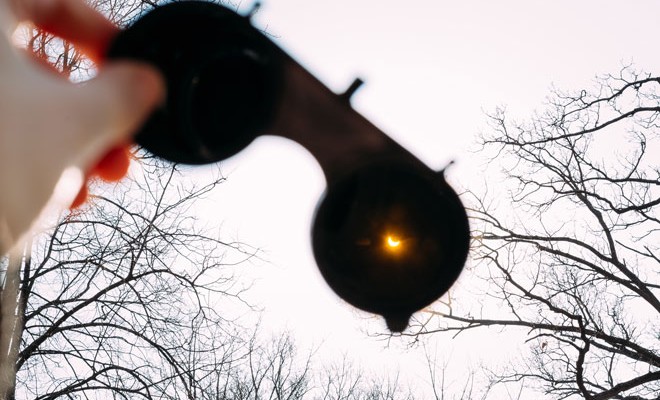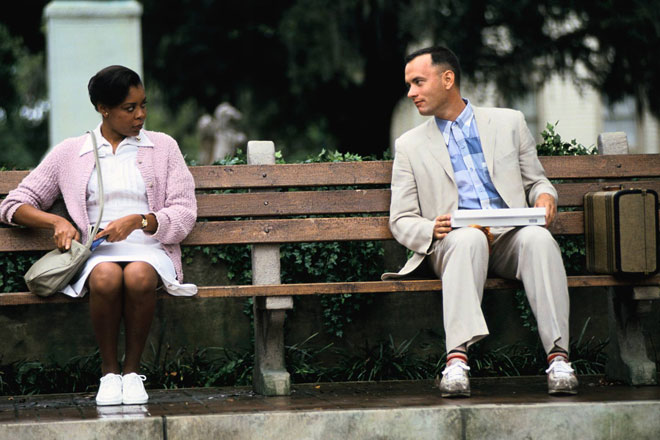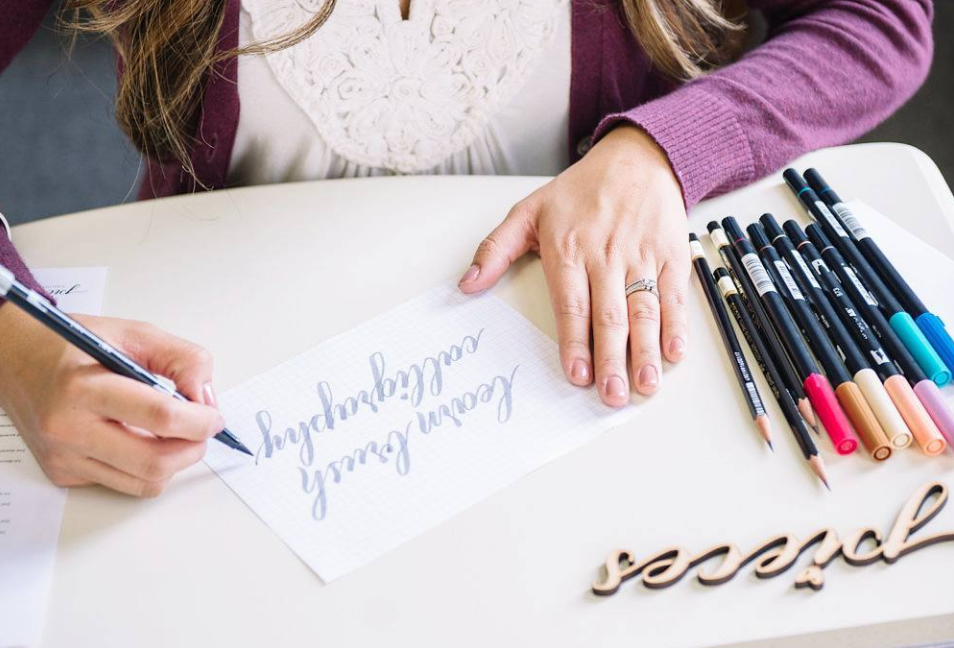
August 21 marks the first total solar eclipse across the U.S. since 1979 — or in other words, the most popular vacation-day request in history. The moon will start to edge into the sun around 9 a.m. PT, the maximum eclipse will occur at 10:21 a.m. PT, and the partial eclipse will end at 11:45 a.m. PT.
With the total eclipse crossing 14 states and a partial eclipse in the rest of North America, it’s important that everyone witnesses this phenomenon in the safest way possible.
The golden rule is to avoid looking directly at the sun without proper eye protection. The only exception is during the brief total phase of a solar eclipse when the moon entirely blocks the sun’s face. This only happens within the narrow path of totality, so if you’re not watching it from one of these 14 states, you’re going to want to take proper safety measures.
Here are five tips to watch the solar eclipse in the safest way possible:
Use eclipse glasses or hand-held solar viewers
The easiest way to view the solar eclipse is by picking up a pair of eclipse glasses or hand-held solar viewers. These are specifically designed with solar filters for safe viewing, but you should still inspect them for any scratches or punctures before using them. If it’s damaged in any way, discard it. Check out a list of reputable vendors for solar filters and viewers here.
Seek expert advice if using common optics
Don’t look at the sun through a camera, telescope, binoculars, or any other optical device while using your eclipse glasses. The concentrated solar rays could damage the filter and enter your eyes, thus causing serious injury. If you decide to attach appropriate solar filters to the front of any of these optics, seek expert advice before using them.
Keep your normal eyeglasses on
If you pick up a pair of eclipse glasses, put them on over your normal eyeglasses. The same goes for solar viewers — keep your regular glasses on and simply hold your hand-held viewer in front of them.
DIY a box pinhole projector
Get crafty and build your own DIY box pinhole projector. Start by cutting a rectangular hole at the end of a cardboard box (the longer the box, the larger the projected image). Then, use scissors to cut out a piece of aluminum foil slightly larger than the rectangular hole. Tape the foil over the hole and use a pin to poke a tiny hole in the center of the foil. Lastly, tape the sheet of paper on the inside of the other end of the box and…voila! To use, place the box over your head with the pinhole towards the sun and adjust your position until you see a small projection of the eclipsed sun on the paper inside the box.
Make your own simple card projector
If a box pinhole projector sounds like too much work, simplify your DIY project by creating a simple card projector. All you need is one piece of stiff white cardboard, one sheet of plain white paper, and a thumbtack. Take one cardboard and make a tiny hole in the middle. Then, with your back towards the sun, hold the cardboard above your shoulder so the sun shines on the cardboard. The piece of paper will act as a screen so you can see an inverted image of the sun projected on the screen through the pinhole. If you want the image to be larger, hold the paper and cardboard farther away from each other.
xx, The FabFitFun Team




